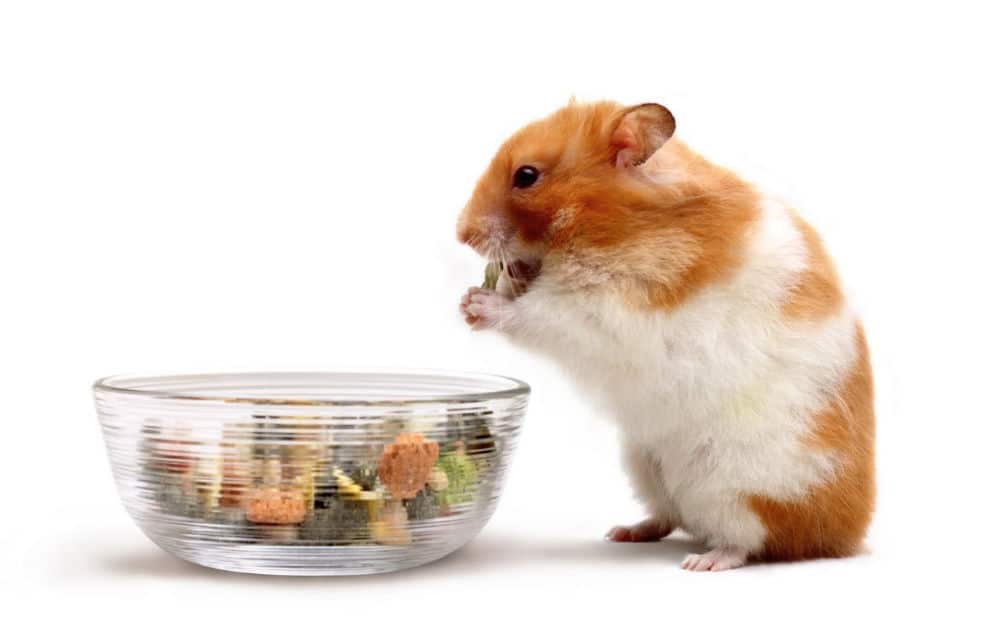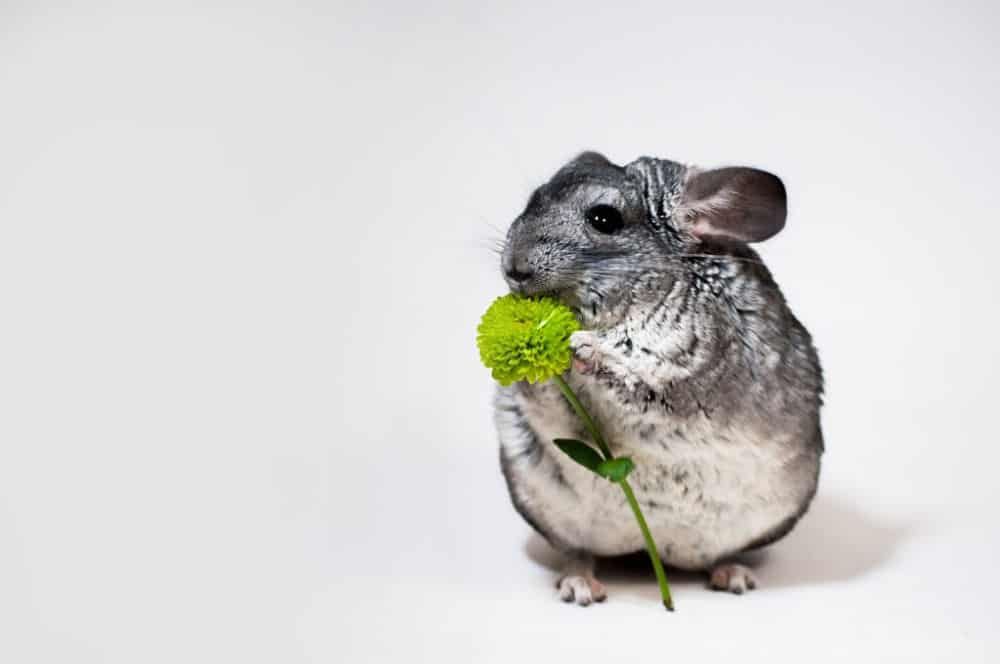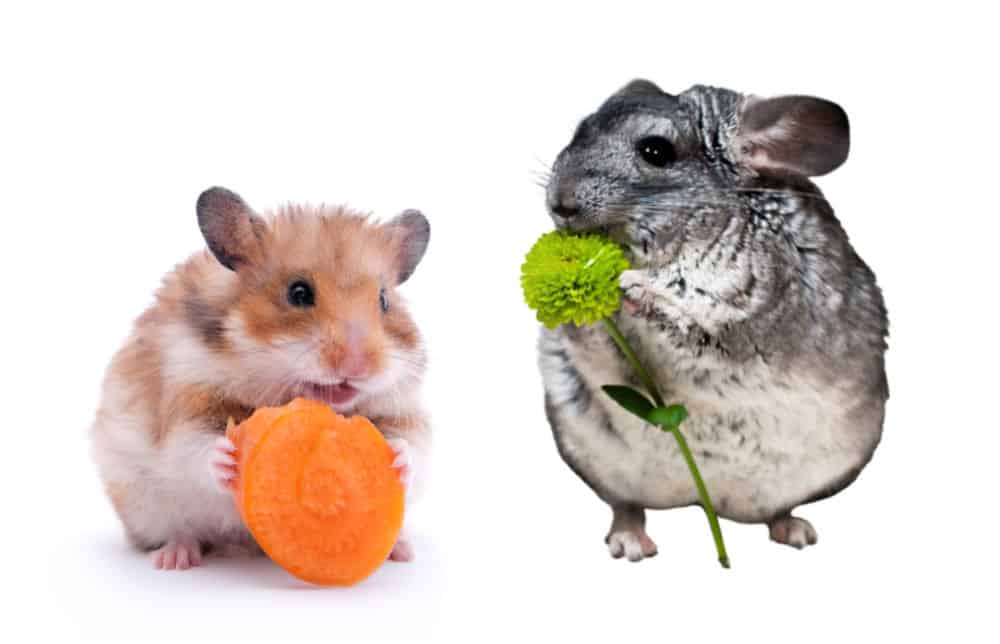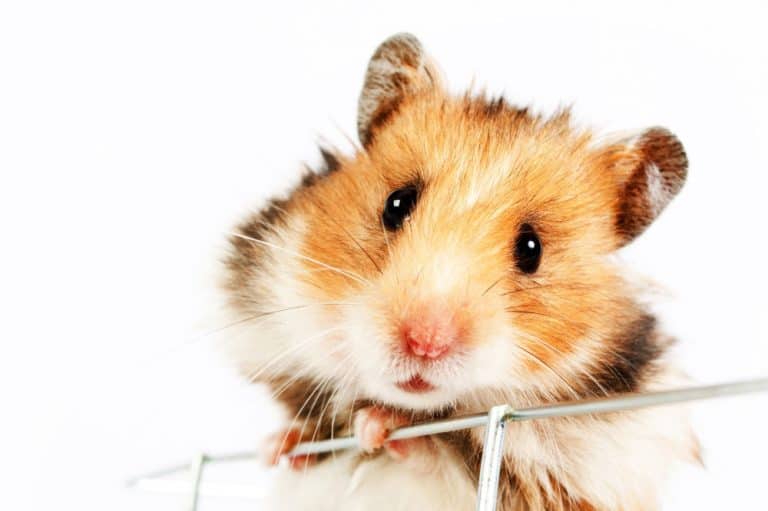A Look at the Dietary Requirements of Hamsters and Chinchillas
Hamsters and Chinchillas both make great pets; they’re both rodents and are very cute and entertaining. Perhaps you own a hamster and a chinchilla or are thinking about getting one of these animals. If so, you may be wondering whether your hamster and chinchilla can share the same treats.
Can Hamsters eat Chinchilla treats?
Hamsters and Chinchillas have different dietary requirements, which means sharing treats that are made specifically for one or the other type of pet is not a good idea. However, there are some fresh fruits and vegetables that you may be able to give both pets.
It may be easier to buy the same food for your pets while shopping, and this could also make financial sense. However, these two animals have different dietary requirements, and pet food designed for chinchillas won’t be suitable for hamsters and vice versa. There are some treats such as fresh fruit and vegetables that you may like to give to both pets. In general, any packaged treats that you buy from the pet shop won’t be suitable for both types of animals.
This article will look at the dietary requirements of hamsters and chinchillas and will discuss whether hamsters can eat chinchilla treats.
What do Hamsters Eat?

Hamsters need a good quality diet that is balanced and contains all the essential nutrients, vitamins, and minerals. This can be achieved by feeding your hamster a compounded pellet which can be bought from pet shops, or by mixing different seeds. Commercial hamster foods are often best as these have been specially formulated to help meet the hamster’s biological and nutritional needs. Hamsters naturally eat a selection of seeds, nuts, and cereals. They can also eat insect larvae and insects such as crickets.
Hamsters have cheek pouches in which they carry food. If you own a hamster, you’ve probably seen it retreating from its food bowl with bulging cheeks. Hamsters will sit up to eat and hold their food in their hands while gnawing on it.
Hamsters are rodents, which means that they need to chew enough to grind down their teeth. This stops them from overgrowing. If a hamster doesn’t have enough food to chew on, it could cause problems with their teeth and health.
Hamsters are crepuscular creatures, which means that they are most active at dawn and dusk. Therefore it’s best to check that your pet has enough food in the evening.
What do Chinchillas Eat?

The majority of a chinchilla’s diet needs to be made up of good quality hay. If you own a chinchilla, you should make sure that hay is available at all times as chinchillas like to nibble for extensive periods, especially at night. You may choose to have a hay rack in the corner of your chinchilla’s enclosure, as this is a good way of providing your pets with hay.
It’s important to know that your Chinchillas’ digestive system needs plenty of hay and grass to allow it to function correctly. They should be fed pellets that are specially designed for chinchillas, and these are made from compounded grasses. Chinchillas shouldn’t be fed hamster foods or any other pet food that’s designed for small mammals. In the wild, chinchillas naturally eat hay, grasses, leaves, and chew on twigs.
As Chinchillas are part of the rodent family, their teeth grow continuously and need to be worn down by chewing. A chinchilla’s teeth will be kept at the right length by eating grasses, hay, and grass-based chinchilla pellets and providing applewood sticks and other wooden toys that they chew. If a chinchilla is fed the wrong diet, this could cause serious dental problems.
What types of treats do chinchillas enjoy?
Chinchillas should be fed regularly and with the right type of foods. They should only be given treats very occasionally, and these should be carefully selected. (My chins LOVE these Oxbow Barley treats that I order from Amazon!) You may like to give your chinchillas some small pieces of dried fruit as a treat. Dried apple, cranberry, or banana is excellent. They also like root vegetables such as carrots and plantain.
Hay cubes are available from pet shops for chinchillas to gnaw on; these are made from compressed hay. If you are giving your chinchilla store-bought treats, you should be careful that they don’t contain too much sugar or oils. Even if they say they are made for chinchillas, some products aren’t suitable as they contain binding agents that are high in sugar, oils, and acids and are very fattening.
Chinchillas shouldn’t be given nuts and seeds as these contain high levels of fat. If you feed your chinchillas the wrong foods such as grains or too much fruit, they will get ill and are likely to become overweight.
One of the best treats that you can offer your chinchilla is dried rose hips as these are very high in fiber, as well as vitamin C. They can also eat dried herbs such as dandelion roots and leaves. Try giving your chinchilla dried rosemary, hibiscus, or parsley. Most animals also enjoy strawberry and blackberry leaves.
Raisins should be avoided as they have a very high sugar content and are 70% sugar. A chinchilla’s diet should be low in sugar, not more than 4% daily. Chinchillas do like fresh fruit, including apple, but this can make them bloated if they eat too much. Only give your chinchilla a piece of apple the size of a raisin once or twice a week.
Can Hamsters Eat Chinchilla Treats?
Hamsters may like some of the same treats as chinchillas. Both species enjoy root vegetables. Hamsters will also eat small quantities of greens and pieces of fruit. They particularly like apples but will also enjoy bananas. Peanuts are also a favorite treat for hamsters.
Any foods that you buy from a pet shop that say chinchilla treats on them shouldn’t be given to your hamster as these are specially designed to meet the dietary requirements of chinchillas.
Hamster treats can be bought from the pet shop; these include seed sticks or fruit sticks that contain seeds, grains, and dried fruit. These types of snacks can be hung in hamsters’ cages for them to gnaw on. However, some vets don’t recommend these types of treats as they can be full of sugar and oils. They do encourage hamsters and other rodents to gnaw, which is healthy for their teeth but these are considered junk food. Once the treat portion has been eaten, your hamster will be left with a stick that it can continue to gnaw on.
Hamsters can also be given small amounts of whole grain rice, pasta, or bread. They also like a tiny piece of hard-boiled egg or a little bit of cooked chicken.
If you are giving your hamster nuts, make sure that they are the unsalted variety, and avoid almonds. They especially like sunflower seeds and pumpkin seeds and can even have a very small amount of air-popped popcorn.
Conclusion
As you can see, hamsters and chinchillas have very different dietary requirements and shouldn’t be given the same treats, although the two species do enjoy some of the same foods.
Chinchillas mainly eat grasses and hay as well as chinchilla pellets, which are made from compressed hay, whereas hamsters enjoy a variety of seeds and grains. Hamsters don’t eat hay, which means chinchilla pellets wouldn’t make a suitable treat for a hamster. Hamsters like to eat fruit such as apples, whereas chinchillas should only have small amounts of dried fruits. Don’t give either animal grapes or rhubarb as these are poisonous to rodents.
Remember that treats shouldn’t make up a big part of your pets’ food. They should only be given occasionally as too many treats can be unhealthy.
Related Questions
Can Hamsters and Chinchillas Live Together?
If you own a hamster and a chinchilla, you may be wondering if they can live together. In general, it’s never really a good idea to put two animals of different species together. Chinchillas are generally friendly creatures and get on well with other chinchillas as long as they have been introduced at a young age. They are quite a dominant species and don’t live together well with other species.
Hamsters are much smaller than chinchillas and generally solitary animals who prefer to live alone. Hamsters and chinchillas are very unlikely to get along, and it’s not recommended that you keep them together. A chinchilla could even kill a hamster, so it’s not advisable to introduce them.
Are Hamsters and Chinchillas Related?
Hamsters and Chinchillas are not related, except by the fact that they are both Rodents. Rodents are mammals of the order Rodentia. Rodents are characterized by a single pair of continuously growing incisors in each of the upper and lower jaws. Other common pet rodents include guinea pigs, mice, rats, gerbils, degus, and chipmunks.
If you’ve enjoyed this post you can find more info about Hamsters and Chinchillas in these other articles.


